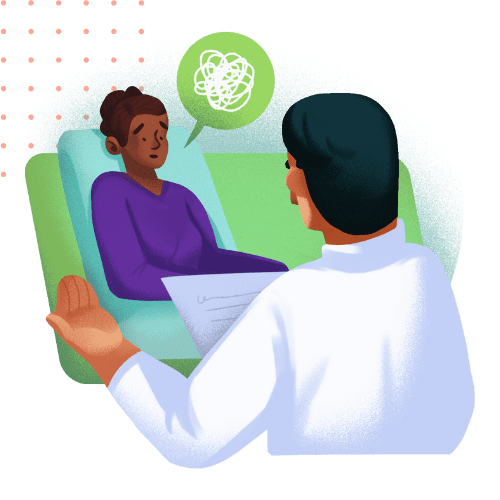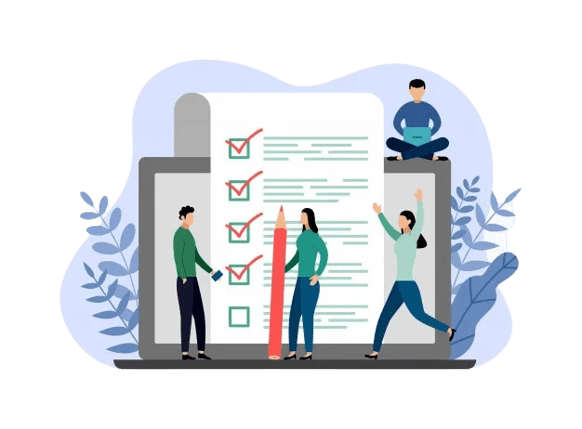Are You Transphobic?
Free Are You Transphobic Assessment

Create a nurturing environment where identities are celebrated, struggles are understood, and healing begins.
What is Are You Transphobic Assessment?
The “Are You Transphobic Assessment” is a tool designed to evaluate an individual’s attitudes and beliefs towards transgender individuals. It aims to identify any potential biases, misconceptions, or prejudices that may contribute to transphobia.
Through a series of questions and scenarios, the assessment helps individuals reflect on their thoughts and feelings about transgender people, fostering awareness and understanding. Its purpose is to promote inclusivity and empathy while challenging harmful stereotypes and discrimination.

Who can derive advantages from this assessment of Are You Transphobic?
The “Are You Transphobic Assessment” can benefit various groups of people. Individuals who take the assessment can gain insight into their own attitudes and biases, helping them become more aware of any potential transphobia and fostering personal growth.
Educators and trainers can utilize the assessment to develop educational programs that address transphobia and promote inclusivity in schools and workplaces. Additionally, organizations and policymakers can use the results to design more effective strategies for combating discrimination and creating safer, more supportive environments for transgender individuals.
Are You Transphobic Assessment Accuracy

The accuracy of the “Are You Transphobic Assessment” depends on the quality of the questions and the construct validity of the assessment. If the questions are well-designed and based on sound research, the assessment can provide valuable insights into an individual’s attitudes towards transgender individuals.
However, it’s essential to recognize that self-reported assessments may not capture all aspects of someone’s beliefs and behaviors accurately. They serve as a starting point for self-reflection and awareness, but additional research and external validation are necessary for a comprehensive understanding of an individual’s views on transphobia.
Types of Transphobic Assessment
Self-report questionnaires
Kinsey Scale Test
Klein Sexual Orientation Grid
The Shively-DeCecco Scale
Close Relationships Scale
Sexual Identity Scale
Handling Transphobia Issues
Handling transphobia issues requires a multi-faceted approach aimed at promoting education, empathy, and inclusivity. Here are some key steps:
- Education: Raising awareness about transgender identities, experiences, and challenges is crucial. Implement comprehensive educational programs in schools, workplaces, and communities to dispel myths, stereotypes, and misconceptions surrounding transgender individuals.
- Training: Offer sensitivity training to employees, educators, and healthcare professionals to foster understanding and create an inclusive environment for transgender people.
- Policies and Advocacy: Develop and enforce anti-discrimination policies that protect the rights of transgender individuals. Advocate for laws that support transgender rights and equal treatment.
- Support Services: Establish support networks and resources for transgender individuals, providing access to mental health services, counseling, and safe spaces.
- Challenging Language: Be mindful of the language used when discussing transgender issues, ensuring it is respectful, affirming, and inclusive.
- Allyship: Encourage allyship from cisgender individuals and communities to actively support and stand up against transphobia.
- Media Representation: Promote positive and accurate portrayals of transgender individuals in the media, reducing stigma and promoting understanding.
- Dialogue and Conversation: Encourage open dialogues and conversations about transgender issues to create a safe space for learning and understanding.
- Addressing Transphobia: Confront instances of transphobia promptly, educating individuals about the harmful impact of their behavior.
- Seek Expertise: Consult with experts, LGBTQ+ organizations, and transgender individuals to ensure appropriate handling of transphobia issues and to foster a supportive environment for everyone.

